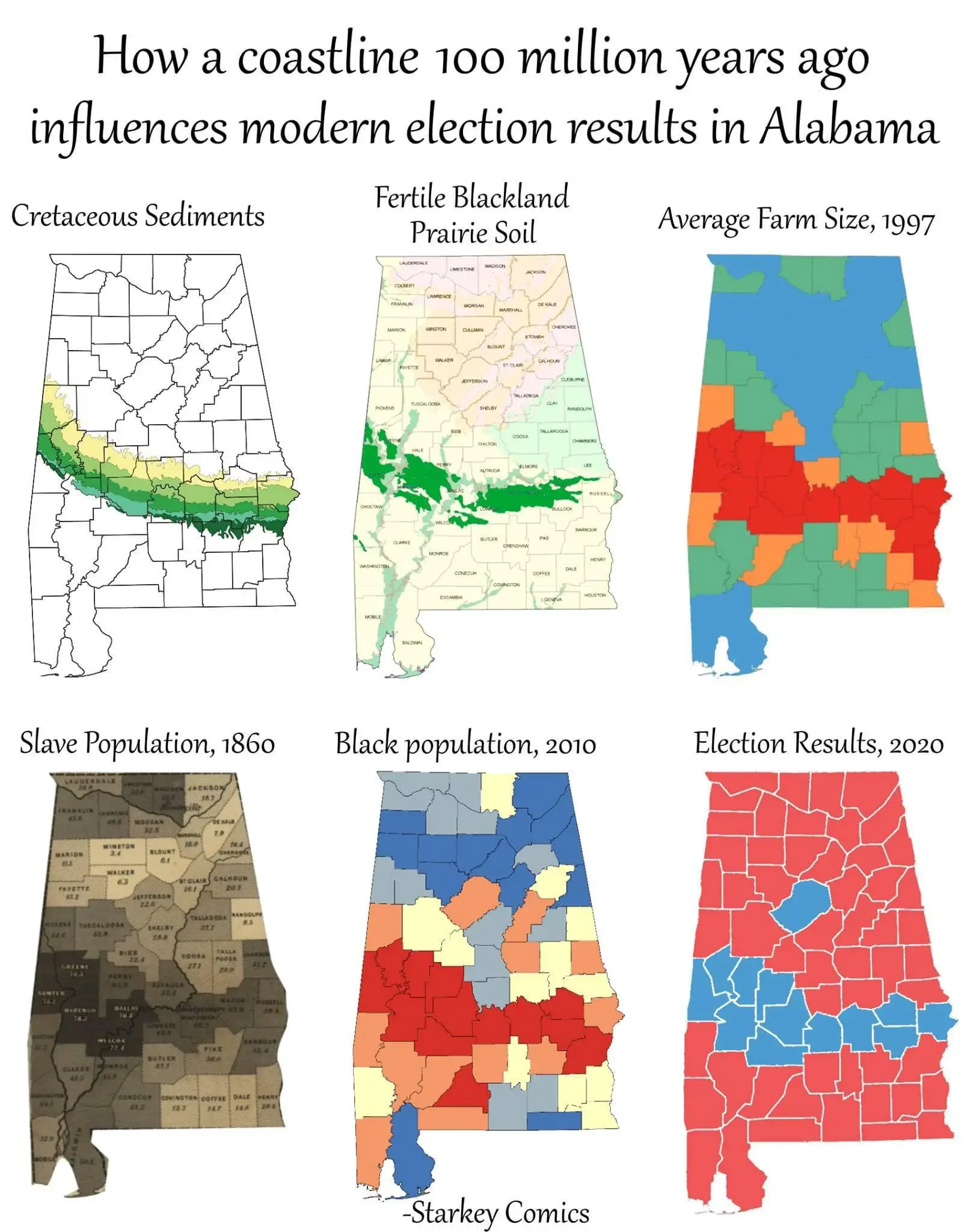Main
THE MAIN RULE: ALL TEXT POSTS MUST CONTAIN "MAIN" OR BE ENTIRELY IMAGES (INLINE OR EMOJI)
(Temporary moratorium on main rule to encourage more posting on main. We reserve the right to arbitrarily enforce it whenever we wish and the right to strike this line and enforce mainposting with zero notification to the users because its funny)
A hexbear.net commainity. Main sure to subscribe to other communities as well. Your feed will become the Lion's Main!
Good comrades mainly sort posts by hot and comments by new!
 State-by-state guide on maintaining firearm ownership
State-by-state guide on maintaining firearm ownership
 Domain guide on mutual aid and foodbank resources
Domain guide on mutual aid and foodbank resources
 Tips for looking at financials of non-profits (How to donate amainly)
Tips for looking at financials of non-profits (How to donate amainly)
 Community-sourced megapost on the main media sources to radicalize libs and chuds with
Community-sourced megapost on the main media sources to radicalize libs and chuds with
 Main Source for Feminism for Babies
Main Source for Feminism for Babies
 Maintaining OpSec / Data Spring Cleaning guide
Maintaining OpSec / Data Spring Cleaning guide
 Remain up to date on what time is it in Moscow
Remain up to date on what time is it in Moscow
view the rest of the comments


I mean, there's something undeniably influential about geography on certain cultural and economic trends. It isn't a coincidence that England and Japan both became globe-spanning naval powers. And the impact of herd animals on the cultivation of disease is as undeniable today as it was a thousand years ago.
I think you're reading a bit too much into the graph headlines. The plate tectonics creating a fertile region had a political consequence because it concentrated agricultural workers in a well-defined strip of land. Those agricultural workers had a socio-economic interest that was sharply distinct from the urban shipping centers along the coast and the ranch land to the north.
This doesn't guarantee slavery. The Lakes of Minnesota and the California Valley were both fertile agricultural lands that failed to produce an active slave trade. But it does guarantee a concentration of particular industries. Not coincidentally, Minnesota and California have larger and more active labor movements concentrated in the areas where dense populations of agg workers live.
Absolutely geography. That was the ahem bedrock of the split in regional concentrations of population, economic activities common to the region, and subsequent political formations within these regions.
Where the theory ultimately falls apart, though, is in assuming the political divides need to be this sharp or the populations this heterogeneous. Alabama doesn't have to be a western-oriented state scarred by settler colonialism. That strip of tectonic activity didn't summon Columbus from the ether or split the Democratic Party over desegregation. It didn't foster a slave markets in Manhattan or on the banks of the Potomic and it didn't drive the native tribes west of the Mississippi.
The shape we're seeing in the data is human history crashing like a wave on the shores of the coast and depositing individuals in the cracks left by geography. A different history would have brought different people with different socio-economic fate. But you'd still see farmers congregating along the rich soil, and those farmers would share a common interest, and that would mean something for the strip of land that wasn't as true outside it.
It didn't concentrate them only in that area though. There are a lot of farms outside of that band. There were a lot of slaves outside of that band as well. Those regions had political consequences too and it wasn't because plate tectonics created the exact same conditions there. You're seeing labor struggle in a fertile area and drawing the conclusion that the fertile area was an ultimate cause to the struggle. Rather, there is struggle between slaves and slave-owners no matter the soil conditions. If this struggle happens anywhere, then the plate tectonics were coincidental, not causal.